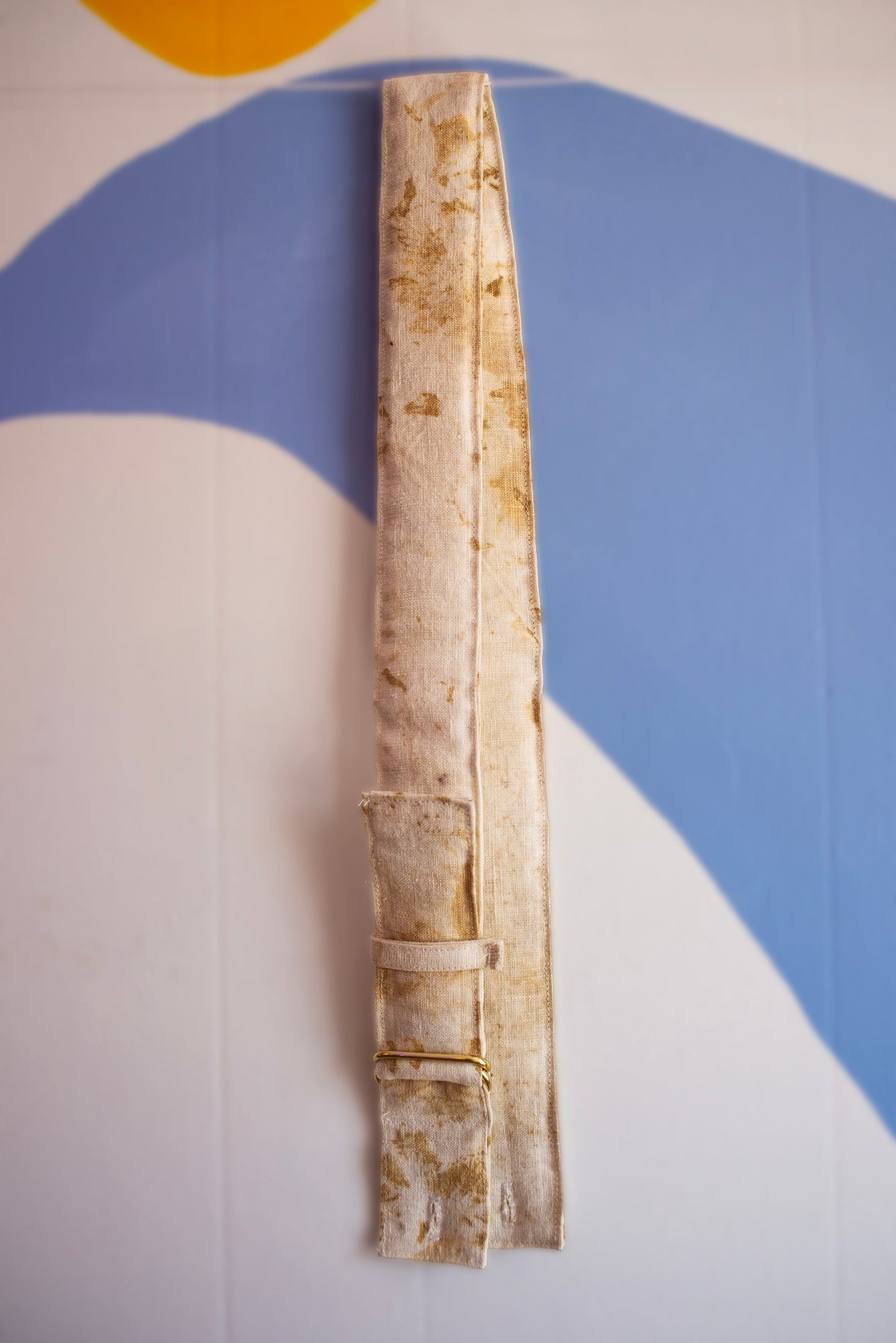
Osage Orange is native to Oklahoma, Texas and Arkansas but it has naturalized itself in many other states now, including Indiana! In spite of the fact that its heartwood makes a beautiful yellow dye, historically Osage wood was used for the durable, flexible and decay resistant properties it holds more than a dye.

This tree was originally named after the Osage Nation, as they were known to use Osage for their superior hunting and fishing bows. These bows were a highly valued trade item, admired by tribes from the forests of Ohio, to the foothills of the Rockies and from the northern Great Plains to the Southwest.
The tree was also valued by farmers for its fencing abilities. Long before the invention of barbed wire fences, farmers would plant a row of Osage trees to produce a fence-like hedge for livestock. Some farmers even wove young limbs together ~ a technique known as pleaching ~ to build an even more impenetrable barrier. That’s how the nickname hedge apple came to be!
Osage Orange trees were also widely planted around a variety of fields to stabilize erosion during the Dust Bowl. This is primarily how you will still find them ~ planted in rows around fields ~ here in rural Indiana and even our neighboring state Illinois.

The fruit itself does not yield any dye, instead the vibrant yellow comes from the heartwood! Simply extracted in water. It was initially adopted as a natural dye for homespun yarn and fabric. Later it was used commercially to color the American forces' olive uniforms during World War I.
Fast forward to now, we have acquired an abundance of Osage Orange sawdust/chips from a local carpenter in Richmond, IN to dye with! There are only a handful of natural dyes that produce durable, light-fast and wash-fast shades of yellow. Osage Orange is one of those dyes and we are really excited that it can be sourced locally.

For some natural dyes, the same plant grown in different regions can produce slightly different shades of the same color. With that in mind, we are actively looking for fallen branches in different counties to experiment with. If you find some, you know where to find us! As always, reach out with questions if you have any. Thanks for reading!

0 comments